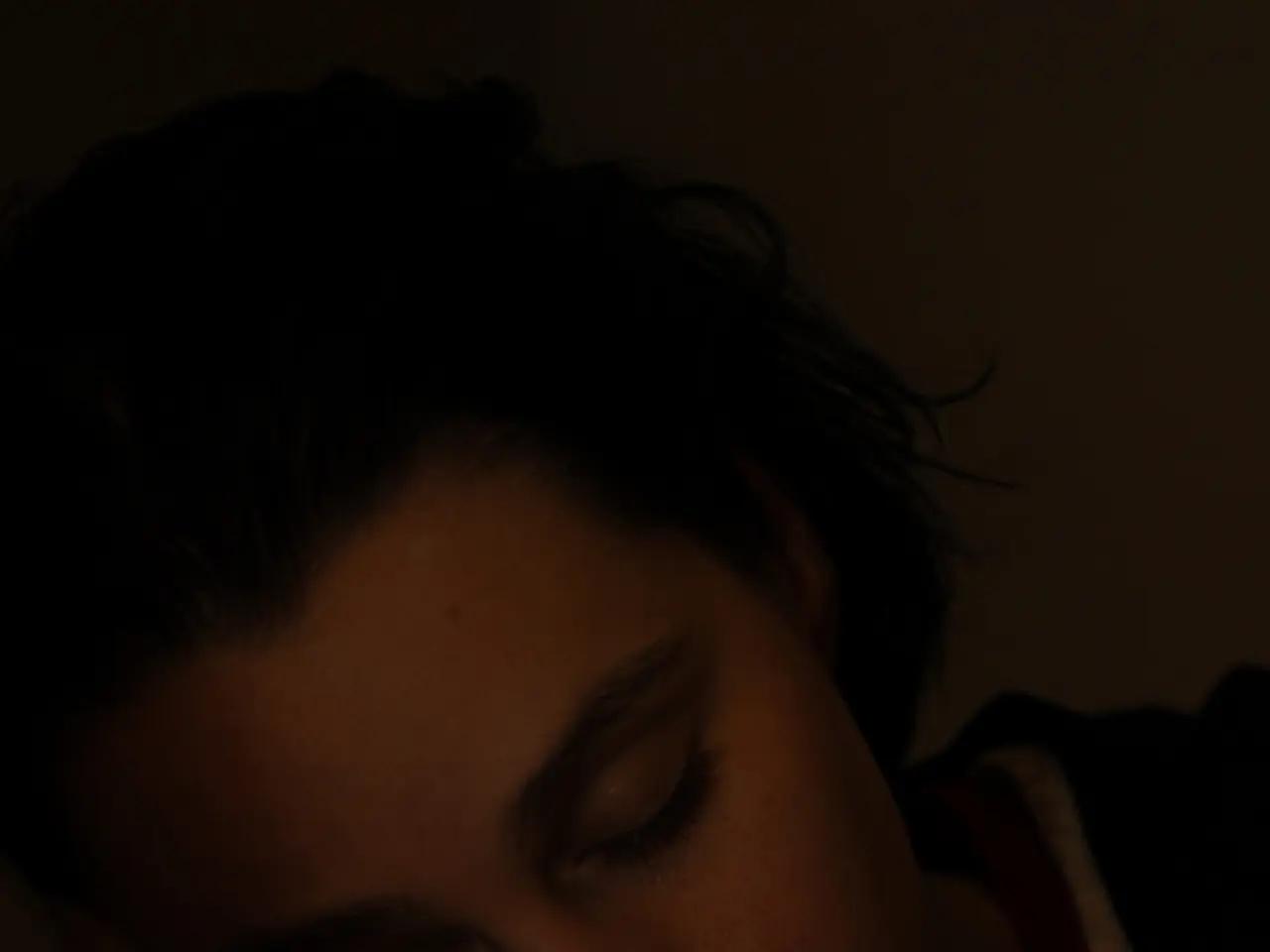Experience Essential Knowledge on the Dangerous Sleep Disorder - Sleep Paralysis
Sleep paralysis is a fascinating and sometimes frightening experience that occurs when a person awakens or falls asleep while their body remains paralyzed, a condition known as REM (Rapid Eye Movement) sleep atonia. During REM sleep, the brain is active and dreaming, but the body's muscles are normally immobilized to prevent acting out dreams.
When consciousness returns before muscle paralysis resolves, individuals may find themselves unable to move or speak, despite being fully aware. This temporary immobility is often accompanied by vivid, sometimes unsettling hallucinations. These hallucinations can involve visual, auditory, or tactile sensations, such as sensing a presence or pressure on the chest.
The symptoms of sleep paralysis are varied but include the inability to move or speak upon waking or falling asleep, feeling pressure on the chest, and experiencing hallucinations. These hallucinations are believed to stem from brain disturbances in areas responsible for creating body images and activating fear circuits, triggered by abnormal serotonin release during episodes. The feeling of suffocation or chest pressure is related to the shallow breathing associated with REM muscle paralysis.
There are several known risk factors for sleep paralysis. These include stress and anxiety, which disrupt sleep quality and REM patterns; sleep deprivation, leading to irregular REM sleep and increased episodes; a family history, suggesting a possible genetic component; mental health disorders such as PTSD and depression; narcolepsy, a sleep disorder associated with REM sleep abnormalities; and alcohol consumption, which can disrupt sleep architecture and REM cycles.
Sleep paralysis can occur either during falling asleep or waking up. Dreams, a common occurrence during the REM stage, are a testament to the active brain activity during this period. Some people try to shake themselves out of a sleep paralysis episode by wiggling their toes or coughing, but it is not possible to wake oneself up from an episode until it passes.
If sleep paralysis episodes become more frequent, it is advisable to consult a sleep specialist. People with anxiety disorders, post-traumatic stress disorder, or panic disorder are more likely to experience sleep paralysis. The phenomenon is most common in individuals aged 10-25, and it decreases after the age of 30.
Sleep paralysis has a long history, with past explanations often attributing the phenomenon to ghosts or demons. However, modern understanding reveals that sleep paralysis is a natural occurrence, albeit a strange and sometimes unsettling one. By understanding the risk factors and common causes, individuals can take steps to reduce their chances of experiencing sleep paralysis, such as limiting caffeine, alcohol, nicotine, and other drugs, and stopping the use of electronics at bedtime.
In conclusion, sleep paralysis is a fascinating and common phenomenon that results from a REM sleep-related disconnection between consciousness and muscle control. Understanding its causes and risk factors can help individuals manage and potentially prevent this intriguing sleep-related event.
- To manage and potentially prevent sleep paralysis, it's recommended to limit the use of caffeine, alcohol, nicotine, and other drugs, as well as stopping the use of electronics at bedtime.
- Sleep paralysis is a natural occurrence, often accompanied by vivid hallucinations, believed to stem from brain disturbances in areas responsible for creating body images and activating fear circuits, triggered by abnormal serotonin release during episodes.
- People with mental health disorders such as PTSD, depression, or anxiety disorders are more likely to experience sleep paralysis.
- Sleep paralysis episodes can be reduced by addressing known risk factors, like stress, sleep deprivation, a family history, narcolepsy, and alcohol consumption, which can disrupt sleep architecture and REM cycles.
- Adjustable beds, comfortable mattresses, natural pillows, and a focus on health-and-wellness routines may help promote better sleep quality and reduce the risk of sleep paralysis and other sleep-related issues.




